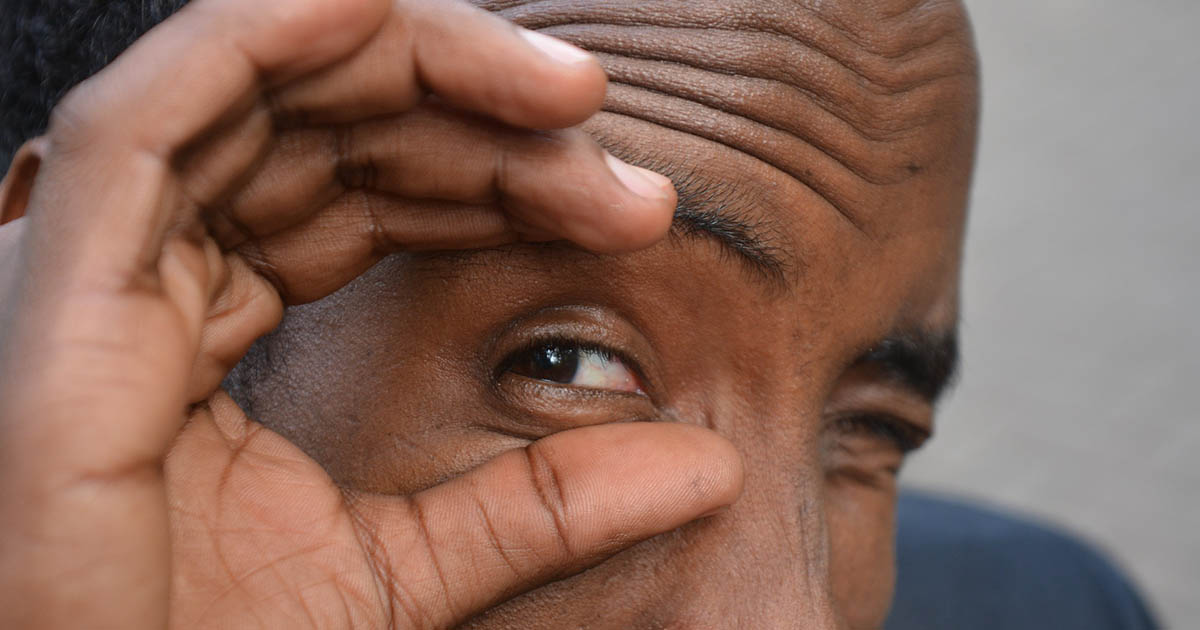
GLAUCOMA
Glaucoma is a disease that affects the optic nerve, the part of the eye that directs the different images we see towards the brain. The optic nerve is made up of many nerve fibers, like an electrical wire that has a lot of filaments. When pressure in the interior part of the eye rises, this causes curtains optic nerve fibers to damage, leading to the appearance of blind spots in the patient’s vision. These blinds spots are usually not detected until the damage of the optic nerve is significant. In the case that the destruction of the optic nerve is complete, this will lead to blindness.
The early detection and treatment processes, as done by the ophthalmologist, are essential in preventing damage to the optic nerve caused by glaucoma, which if left untreated can result in blindness.
1WHAT CAUSES GLAUCOMA?
Within the anterior part of the eye there is a liquid called the aqueous humor. There is a constant production of this liquid in the eye, with part of what is produced being drained from the eye through a microscopic system, maintaining a steady pressure within the ocular globe (this humor does not form part of the tears that we see on the external layer of the eyeball).
Due to the fact that the eye is a closed structure, when the drainage site of the eye (known as the drainage angle) is blocked, the excess liquid cannot leave the eye leading to a quick rise in eye pressure. The quick rise in pressure inside the eye pushes on the optic nerve with the possibility of causing damage to the optic fibers that are found in the anterior part of the eye.
We carry out surgical procedure for all kind of Glaucoma cases that have been medically assessed and approved, such as for patients that have a progressive deterioration of their visual field even with maximum non-surgical treatment and other patients with surgical requirements that have been analyzed and prescribed by sub-specialists in the field.
2ACUTE ATTACK OF GLAUCOMA
The risk of developing chronic open-angle glaucoma increases with age. The drainage angle of the eye becomes less efficient with the passage of time, and the intraocular pressure gradually increases, causing damage to the optic nerve.
In some patients, the optic nerve becomes more sensitive to the normal pressure of the eye, running the risk of injury. A treatment is necessary to prevent further loss of vision. Chronic open-angle glaucoma damages vision so gradually and painlessly that you may not notice the problem until the optic nerve has already been injured. Closed angle glaucoma. Sometimes the eye's drainage angle can be completely blocked. The iris (the colored part of the eye that makes the eyes look blue, brown or green) can fall and completely plug the drainage angle. This is like a sheet of paper floating near a drain; If the paper unexpectedly falls over the drain port, the flow stops abruptly. When the intraocular pressure increases abruptly, there is an attack of closed angle glaucoma or acute glaucoma
3WHAT ARE THE DIFFERENT TYPES OF GLAUCOMA?
Open-angle glaucoma, narrow-angle glaucoma, and normal-pressure glaucoma.
Sintomas
- Blurry vision.
- Severe eye pain.
- Headache.
- Nausea and vomiting.
This is a true ophthalmological emergency. If you have any of these symptoms, call your ophthalmologist immediately. This type of glaucoma can cause blindness, unless it is treated quickly. In some patients, glaucoma has both chronic open-angle type characteristics and acute angle-closure type. This may be called chronic closed-angle glaucoma or mixed-mechanism glaucoma.
Your ophthalmologist will evaluate all the factors before deciding if you need treatment for glaucoma, or if you require strict monitoring for suspected glaucoma. This means that your risk of developing glaucoma is higher than normal risk, and that you should do an accurate eye exam regularly to detect early signs of damage to the optic nerve.
THE MOST IMPORTANT RISK FACTORS ARE:
Age.
History of ocular trauma.
African ancestor.
Family history of glaucoma.
HOW IS GLAUCOMA DIAGNOSED (DETECTED)?
Regular check-ups and eye exams carried out by ophthalmologists are the best way to detect Glaucoma. The ocular exam only measures eye pressure and it is not sufficient enough to determine if the patient has Glaucoma. The only sure way to detect Glaucoma is by going in for a complete ophthalmological eye exam.During the eye exam, your ophthalmologist will:
- Measure the intraocular pressure ( tonometry) - Study the drainage angle of the eyes (gonioscopy) - Evaluate the presence or lack thereof of damage to the optic nerve ( ophthalmoscopy) - Evaluate periphery vision un each eye ( visual field test or perimetry test )
MEDICATIONS:
Usually, Glaucoma is treated with eye drops that can be used daily. These medical components lower intraocular pressure, either by slowing the production of the liquid in the eye or by alleviating the draining process of the liquid through the drainage angle. Do not change or stop taking the medication without first consulting with your ophthalmologist.If the medication is almost out, be sure to ask your ophthalmologist if you need to keep on taking the medication.
La medicación para el glaucoma puede preservar su visión; sin embargo, también puede producir efectos colaterales. Usted debe notificar a su oftalmólogo si cree Medication to treat Glaucoma can prevent loss of vision. However, this medication can produce some side-effects. You should consult your ophthalmologist if you are experiencing any side-effects produced by the eye drops, such as:

